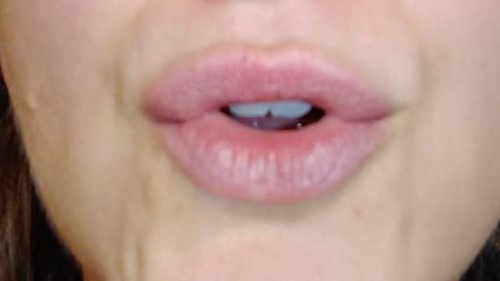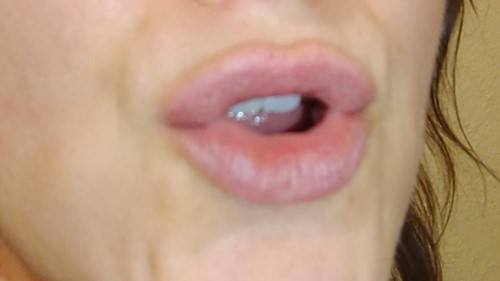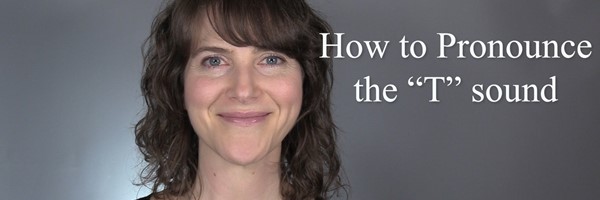This is Part Three of the Top 5 Problematic Sounds in American English. As I mentioned in the previous blog, your native language may differ from another person reading this blog, so these sounds may or may not be challenging for you. But based on my experience with accent modification, most people have difficulties with these same 5 sounds, regardless of their native language. So let’s continue with the next sound: The “r” sound.
The American “r” sound can be tricky, as most of you are already aware. It is one of the latest sounds to be acquired by a native English speaking child, and many speech-language pathologists have spent their careers on teaching this sound. Just do a quick Google search, and you’ll find tons of blogs, websites, books, and videos on the American “r”. It also isn’t a visual sound, like the /m/ in “Mom”, so it’s nearly impossible to watch someone’s tongue as they make this sound. There are also two ways to make it: with a “bunched” tongue or with a retroflexed tongue. (Both ways are correct - no wonder it’s tricky!) But hopefully with some of the techniques I’ll describe below, you’ll improve your awareness and production of this sound.
The American “r” sound that I’ll be covering in this blog is the “r” that comes at the beginning of a word, like in “read.” This “r” is represented in the International Phonetic Alphabet with the symbol /ɹ/, but you will most commonly see it as /r/ (and this is the symbol I will use in this blog). (Note: The “r” can also function as a vowel when it occurs after a vowel sound, like in the word “car”...but more on that later!)
To make this sound, let’s talk about lips, tongue, and tension. First, your lips are slightly rounded and the corners come in, protruding your lips away from your teeth. Your lips should look like this:

Front view of the lips during the /r/ sound

Side view of the lips during the /r/ sound
Second, your tongue is high up in your mouth and pulled back, so that the sides of the tongue touch the inside of the upper molars. This placement is very important - if the sides of your tongue are not touching the inside of the upper molars, you won’t produce a true /r/ sound. Rather, it might sound like an /l/ or /ʊ/.
To place your tongue into the right position, start by saying the vowel “eeee”. Notice how your tongue is high in your mouth with the sides touching the inside of your back teeth. Now slide your tongue backwards along the inside of your upper teeth, making sure to keep the sides of your tongue touching the back molars the entire time. Essentially, you have just said the word “ear.” “Eeeee + rrrrrrr”. Listen to how I say it below:
One other thing to consider with tongue positioning is the tip of the tongue: Is it up or down? When I say /r/, my tongue tip is actually neutral. It merely bunches back into itself when I pull my entire tongue back into my mouth. But if you find that your tongue tip goes up or down, it doesn’t really matter, just as long as the tongue tip does not touch anything inside the mouth! The tongue tip is not involved in making the /r/, so as long as it doesn’t come into contact with anything else in the mouth, then it can be up, down, or neutral.
Third, let’s talk about tension. Your tongue should feel very tense, or tight, when making this sound. In fact, if you were to say “rrr”, “rrr”, “rrr”, repeatedly, I bet your tongue would feel tired! And not only should your tongue feel tense, but there should also be some tension in your lips, cheeks, and possibly your jaw. The /r/ is not a lazy sound - the tension is key to making it sound sharp and distinct!
Another way to get to an /r/ sound is to start with the “sh” sound. When you say, “shhhh”, notice how your lips are rounded and the corners come in, protruding your lips away from your teeth, and your tongue is up and pulled back in your mouth. The sides of your tongue should be touching the inside of the upper molars. Once you have a good “shhh” sound, try to say the word “sure”. “Shhhh + rrrrrrr.” Feel how your tongue tenses up as you shift from the “sh” sound to the “rrr”. Listen to how I say it below:
When practicing the /r/ sound, try to hold out the sound for a few seconds, like in “rrrrrrred, rrrrrrrred.” If you can’t hold out the /r/ sound, then you’re not producing a proper /r/. And remember to make sure the tongue tip isn’t touching anything! If you feel the tip flap up to the top of the mouth, you’ve just made a different “r” sound.
Here are a few /r/ words to help you practice: red, right, ran, rock
And I'd love to hear from you - contact me to learn how we can work together to perfect your American English pronunciation! And stay tuned for upcoming blogs about the next most problematic sounds in American English.



